Remember the good old days when business communication involved telephones and letters, and the occasional fax? Times were certainly simpler before email arrived on the scene and changed business communication forever – a change that has only continued to snowball.
Today, the primary focus isn’t even on communication at all. Instead, it’s shifted towards a far more complex concept: collaboration.
Why collaboration matters
Research shows businesses embracing collaboration tools enjoy notable improvements in productivity. The effects appear to be cumulative, too, based on tech.co’s 2024 Productivity at Work survey which found that the more collaborative tools in use within an organisation, the higher their productivity. A whopping 80% of businesses using seven collaboration tools reported high organisational productivity levels compared to only 46% of businesses using just one.
In today’s highly competitive business landscape, these differences in workplace productivity can be critical. Small wonder the successful implementation of collaborative capabilities has become a widespread strategic priority.
The effects of collaboration on information governance
The quest for the ultimate collaborative ecosystem has added a plethora of apps, capabilities and features to organisations’ technology landscapes. (Think Teams channels, recordings and transcripts, document sharing and more.) These have a host of implications for everything from data retention, data governance and data management to backup, security, privacy and eDiscovery.
One of the most obvious of these implications is the pressure to adopt a cloud native approach to information governance – a very different beast to previous ways of working. This has its benefits, however.
Cloud native data protection looks after data at rest and in transit, protecting sensitive data even after it leaves your organisation. Cloud native backup solutions can not only ensure business continuity for email and files, but your entire collaboration environment as well. But the infrastructure and approach to achieve this are very different to your traditional on-premises backup solution.
What about data retention?
Retention, in one form or another, has been a legal and regulatory requirement for decades. Historically, it would have focused on documents and emails, and was performed using third-party systems to archive data in a way that was searchable and discoverable.
As communication methods moved on, however, the challenges for these third-party solutions grew.
Emails started including attachments, and then links to documents which remained editable after the link was sent. This made for difficult eDiscovery in cases where knowing which version of a document an individual would have seen was important.
Fast forward a few years and things got even more complicated. The proliferation of collaborative tools added things like personal chats (archived in a user’s mailbox) and Teams chats (saved with the wider Team documents) to the picture. It became increasingly difficult for third-party software to integrate effectively with highly collaborative environments like Microsoft 365. A new solution was needed, and Microsoft provided it.
Microsoft’s collaboration-friendly data retention capabilities
Today, Microsoft offers a sophisticated system of retention policies and labels that can be used to protect specific data (or data in a specific location or created by a specific user/user group) from alteration and/or deletion for a specified period. This is achieved by creating an immutable copy of the content which can either be retained or retained and then deleted (after a specified period).
Retention labels and policies can be applied to all content types in a variety of locations, including:
- Exchange mailboxes
- SharePoint sites or SharePoint classic and communication sites
- OneDrive accounts
- Microsoft 365 Group mailboxes & sites
- Skype for Business
- Exchange public folders
- Teams channel messages
- Teams chats and Copilot interactions
- Teams private channel messages
- Viva Engage community messages
- Viva Engage user messages
Microsoft’s cloud-native approach makes it dramatically easier for Microsoft-based organisations to meet their retention requirements – even in complex and specialist use cases. Organisations still hanging on to their legacy third-party and on-premises solutions, on the other hand, will find their retention strategies falling increasingly short of real-world requirements.
If you’re wondering whether it’s time to rethink your retention and lifecycle management, don’t wait until you’re in crisis to discover your archives or on-prem retention strategy haven’t kept pace with technology. Catch up on our webinar exploring the opportunities (and challenges) of retention in Microsoft 365, and see for yourself how a “stitch in time” can most certainly “save nine”.





